Cable Stayed Bridges
Overview
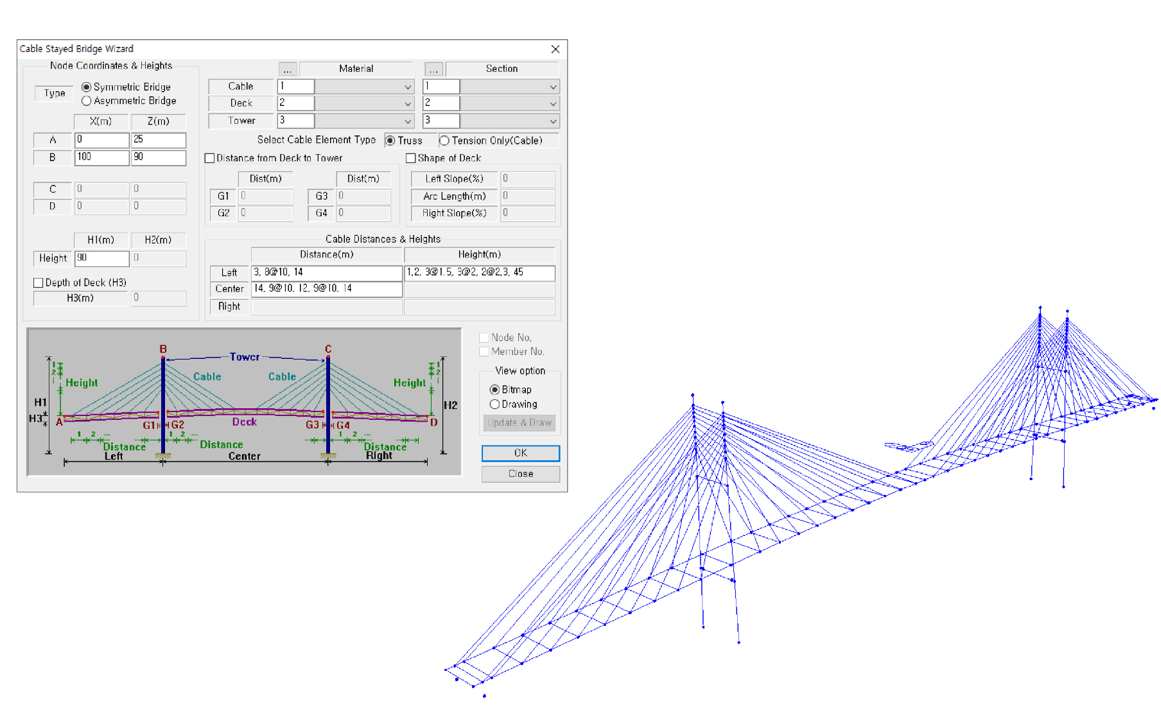
Modeling
+ Cable-stayed bridge wizard
+ Import *.dxf
+ Various element types & boundary types
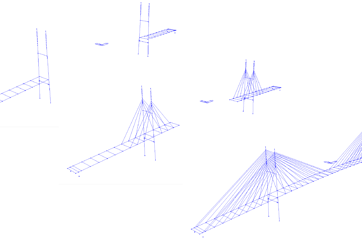
Analysis
+ Static analysis
+ Construction stage analysis
+ Dynamic analysis
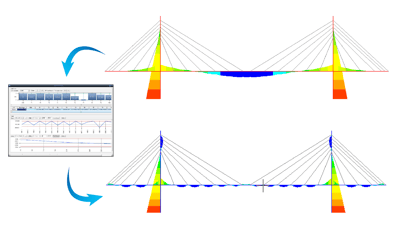
Design
+ Unknown load factor
+ Cable force tuning
The structural analysis of cable-stayed bridges in midas Civil is as follows. Firstly, after completing the model with the wizard or modeling function, enter the dead load into the model. Thereafter, calculate the initial tension of the cable with the Unknown Load Factor function. When the initial shape is determined, the structural analysis can be completed by performing the construction stage analysis, the moving load analysis, the dynamic analysis (including seismic analysis), and the eigenvalue buckling analysis provided by midas Civil.
Details
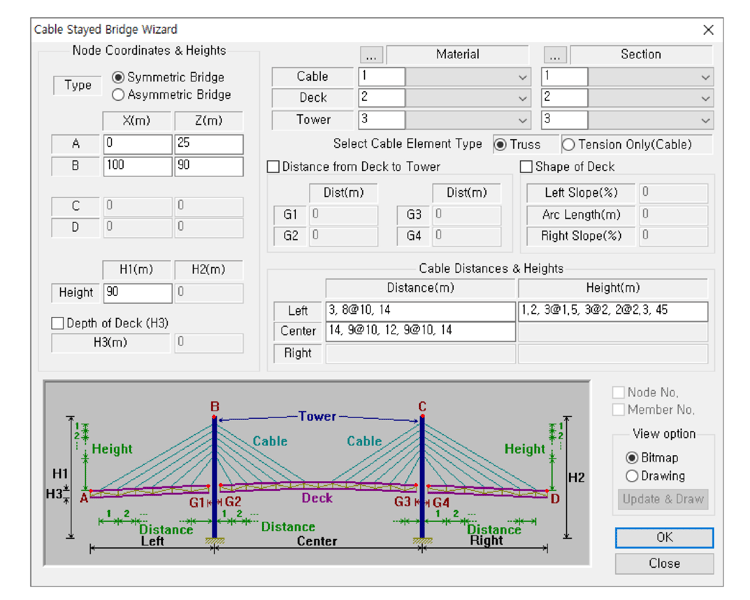
Cable Stayed Bridge Wizard
The Cable Stayed Bridge Wizard is a function that is available for user modeling convenience. With this function, the user can create a 2D model considering the symmetrical and asymmetrical shape of cable-stayed bridges, the shape of girders (trusses or beams), and the elevation of bridges.
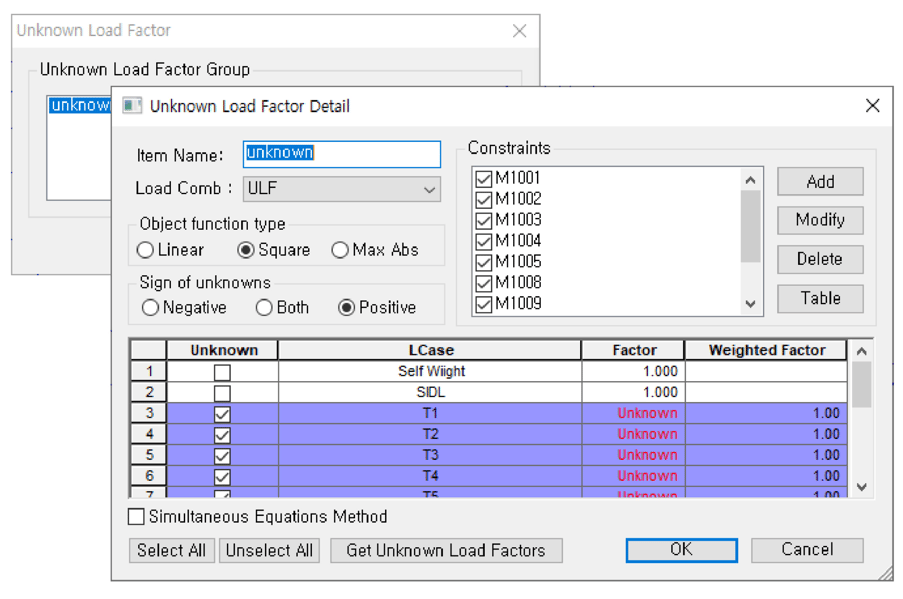
Unknown Load Factor
The Unknown Load Factor is an optimization function for determining the optimal load factor that satisfies specific constraints of structures. It can be used effectively to calculate the initial tension introduced into cables of cable-stayed bridges or to obtain jack-up loads for adjusting the moment distribution of long-span bridges.
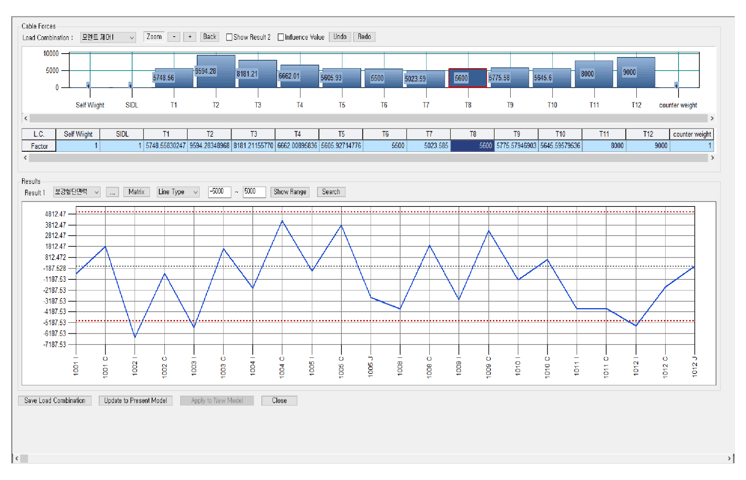
Cable force tuning
Several repetitive calculations are required in order to calculate the optimum cable tension in a cable-stayed bridge. However, the Cable Force Tuning function is used to shorten this repetitive calculation process by calculating the displacement/member force/stress effects on the cable tension (or load factor) adjusted by the user using the influence matrix. The outputs or results are then shown in a real-time graph.